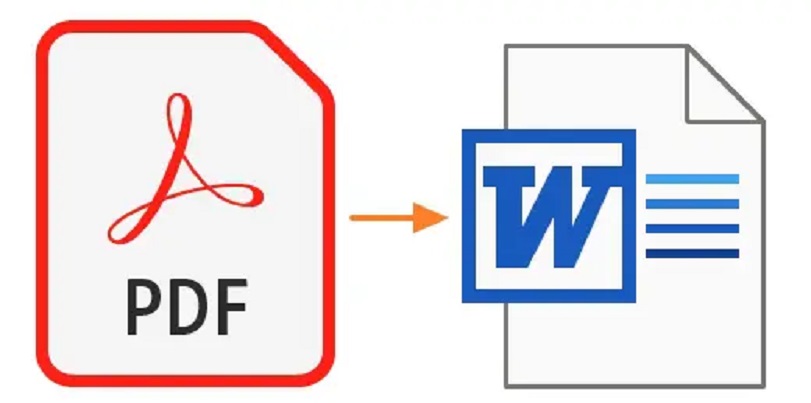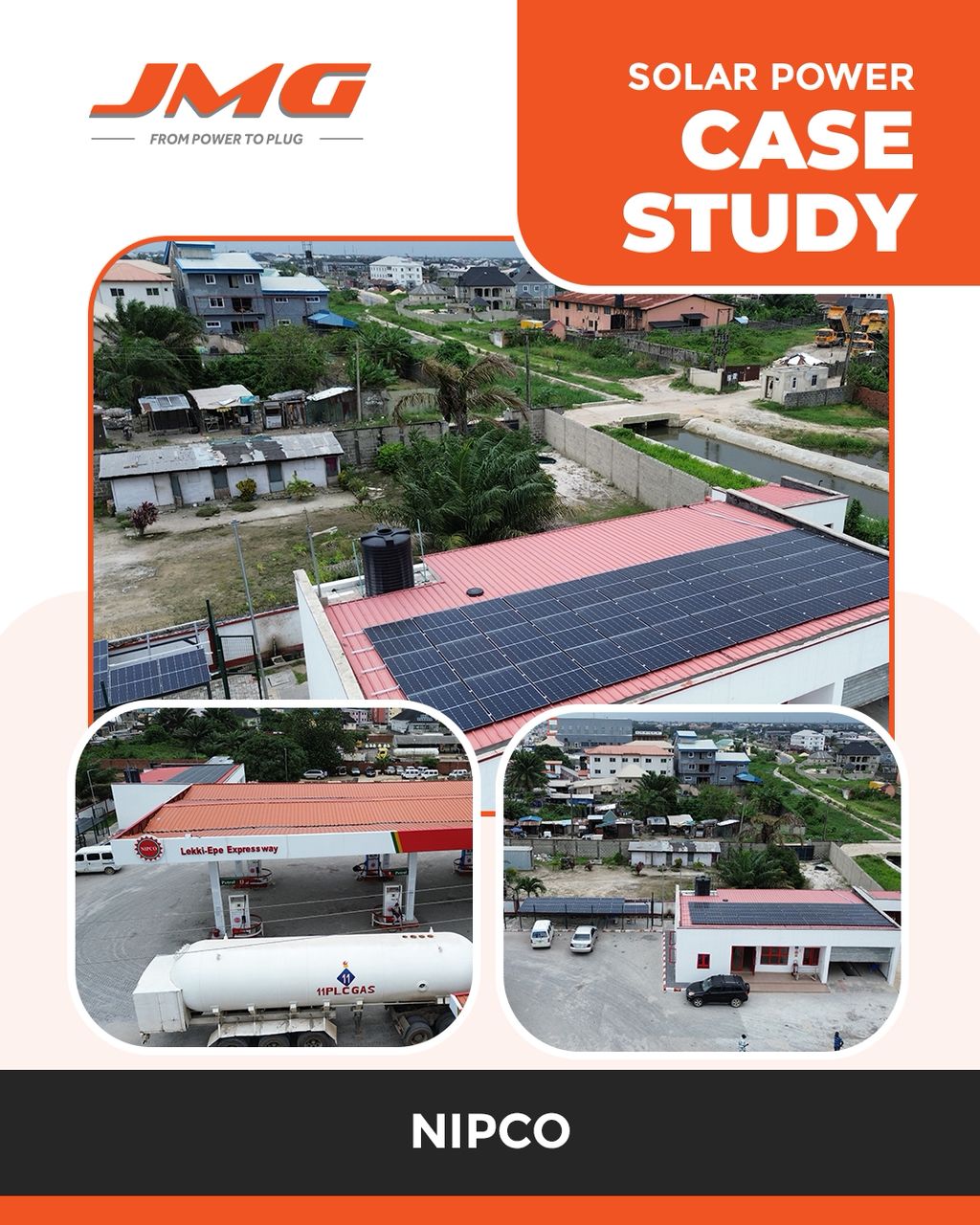Brands/Products
Simplify Your Workflow: Convert PDF to Word in Minutes

In the fast-paced world of business, time is a precious commodity. The last thing you want to do is spend hours manually copying and pasting content from a PDF file into a Word document. Fortunately, with the right tools, you can simplify your workflow and save valuable time. In this blog post, we will show you how to convert PDF to Word in minutes, so you can focus on more important matters.The PDF to Word Converter seamlessly transforms your PDF files into editable Word documents with just a few clicks.
There are many reasons why you might need to convert a PDF to a Word document. Perhaps you received a PDF file from a colleague or client that you need to edit, or maybe you want to repurpose content from a PDF for a new project. Whatever your reason, the process of manually copying and pasting can be time-consuming and frustrating.
Choose a reliable PDF converter.
When it comes to simplifying your workflow and converting PDFs to Word documents, the first step is to choose a reliable PDF converter. With so many options available, it can be overwhelming to determine which one to use. A reliable PDF converter should be able to convert your PDF files quickly and accurately, without compromising the formatting or content of the original document. Additionally, it should have a user-friendly interface that makes the conversion process easy and intuitive. Look for converters that offer features such as batch processing, OCR capabilities, and the ability to convert to other file formats besides Word. By choosing a reliable PDF converter, you can save valuable time and streamline your workflow by efficiently converting PDFs to Word documents in just minutes.
Upload your PDF document.
One of the most crucial steps in converting PDF to Word is uploading your PDF document. This step is often overlooked but is essential in ensuring a smooth and efficient conversion process. Uploading your PDF document requires careful attention to detail, as any errors or omissions may result in a failed conversion. It’s important to choose a reliable and user-friendly conversion tool that simplifies the process and guides you through each step. With the right tool, you can easily upload your PDF document and convert it to Word in just a few minutes, making your workflow much more streamlined and efficient.
Select the Word format.
In order to simplify your workflow and convert your PDF documents to Word format quickly and efficiently, it is important to follow a few simple steps. The first step is to select the Word format as your desired output format. This can easily be done using a reliable and user-friendly PDF to Word converter tool. By selecting the Word format, you can ensure that your newly converted document will retain its formatting and layout, making it easier to edit and share with others. With a few quick clicks, you can convert your PDF to Word and streamline your workflow for increased productivity.
Adjust conversion preferences as needed.
Adjusting conversion preferences is an important aspect of simplifying your workflow when converting PDF to Word. While most conversion software provide default conversion settings, it is recommended to adjust the preferences as per the requirement of the document. Prior to starting the conversion process, check the settings and ensure that the output format is set to Word, and the conversion method is set to retain the original document’s formatting. In case the PDF document contains images or graphics, set the resolution to a higher value to ensure that they are not pixelated in the converted document. Additionally, if the PDF document has multiple columns, it is recommended to select the option of conversion to tables in order to retain the structure of the document. By adjusting conversion preferences as needed, you can ensure that the output Word document is of high quality and meets your requirements.
Click “Convert” and wait.
Converting PDF files to Microsoft Word documents can be a time-consuming process, especially if you’re not familiar with the tools required. Fortunately, with the right software, the process can be streamlined and completed in just a few minutes. Once you have selected the PDF file you want to convert and opened it in your chosen PDF to Word converter tool, the next step is to click the “Convert” button and wait for the conversion process to complete. Most software tools provide progress bars or other indicators to show you the status of the conversion, so you can monitor the process and estimate how long it will take to complete. By taking advantage of specialized tools that simplify the conversion process, you can save time and effort while improving your productivity and workflow.
Download and review the converted file.
The final step in the process of converting a PDF to Word is to download and review the converted file. This is a crucial step in ensuring that the conversion process has been successful and has retained the formatting, layout, and content of the original PDF document. Take the time to carefully review the file to ensure that all the text, images, and graphics are intact and that the document appears as it should. If there are any issues, make sure to note them and go back to re-export the file to make any necessary changes. With the right tools and a few simple steps, you can simplify your workflow and convert PDF to Word in minutes, saving time and increasing productivity.
Make any necessary edits.
After converting your PDF to Word, it’s important to review and make any necessary edits before finalizing the document. This step may seem tedious, but it can save time and prevent errors in the long run. Use the editing tools in Word to make changes to the text, such as correcting spelling or grammar mistakes, adjusting formatting, or adding or removing sections. Additionally, ensure that all images and tables are properly aligned and labeled. Don’t rush through this step, as it can greatly improve the overall quality of your document. Take the time to carefully review and edit your converted document to ensure it accurately reflects your intended message.
Save and share your new document.
Once you have successfully converted your PDF document to a Word file, it’s important to save and share it with others who may need to access it. Saving your new document is easy and can be done in just a few clicks. Simply click on the “File” tab in the top left-hand corner of your screen, and then select “Save As”. Choose a name for your new document and select a location where you want it to be saved. Once you have saved your new document, you can easily share it with others through email or file sharing platforms. By taking advantage of these simple steps, you can streamline your workflow and make collaboration on documents more efficient and effective.
Conclusion
The ability to easily convert PDF documents to editable Word files can significantly simplify your workflow and save you time and effort. With the many PDF conversion tools available, it’s important to choose one that offers reliable and accurate results. By using a trusted and efficient PDF converter, you can eliminate the need for manual data entry, reduce errors, and improve productivity. Whether you’re a student, a professional, or just someone who frequently works with documents, converting PDFs to Word can be a game-changer in your daily tasks.
Brands/Products
JMG Installs Solar Power Systems at Three NIPCO Fuel Stations

By Aduragbemi Omiyale
Nigeria’s trusted hybrid and integrated electromechanical energy provider, JMG Limited, has completed the installation of solar power systems at three key fuel stations of NIPCO Plc.
The clean energy source was installed at NIPCO’s petrol dispensing outlets in Gwagwalada Abuja, Lekki Lagos, and Mpape Abuja.
This will help the organisation eliminate diesel reliance, and unlock more than N44 million in annual energy cost savings.
The installations feature advanced hybrid systems, combining solar arrays, lithium battery storage, and smart inverters to provide 24/7 energy for fuel pumps, lighting, and office operations. Each site has reported zero use of electricity or generator power since the systems were installed.
The three NIPCO stations now run on an advanced hybrid solar system that combines high‑efficiency PV panels, intelligent lithium‑battery storage and smart inverters.
Since commissioning, the sites have operated with zero grid or generator power, providing silent, clean, uninterrupted electricity for pumps, lighting and administration.
“We are proud to help NIPCO lead the energy transition at the retail level.
“The scalable architecture can be sized to each location and has already delivered significant savings, about 88,535 kWh/year, N44.4 million in annual cost savings and a 43.8‑tonne reduction in CO₂ emissions,” the Head of JMG’s Hybrid Solar Division, Mr Abbass Hussein, stated, adding that, “Collaborating with NIPCO on this initiative demonstrates a practical pathway for other firms to reduce both emissions and energy expenses.”
Also commenting, NIPCO’s Station Manager at Gwagwalada, Mr Idoko Jacob, said, “The stations have not relied on electricity or generator power on bright-weather days since commissioning. The solar systems fully meet our daily energy needs during such periods. On days with poor weather, we supplement the solar system with generator power to ensure uninterrupted operations.”
Business Post gathered that the NIPCO Gwagwalada Station has a solar output of 42,450 kWh/year, annual savings of N15.6 million, and CO₂ reduction of 15,332.76 kg/year, with a system installed consisting of a 20kW Deye LV Hybrid Inverter, 26.8kWp Solar PV, and 51.2kWh Lithium Battery Storage.
The NIPCO Lekki Station has a solar output of 3,635 kWh/year, annual savings of N12 million, and CO₂ reduction of 13,130.1 kg/year, with a system installed consisting of a 25kW Must Hybrid Inverter, 22.95kWp Solar PV, and 76.8kWh Lithium Battery Storage.
As for the NIPCO Mpape Station, it has a solar output of 42,450 kWh/year, annual savings of N16.8 million, and CO₂ reduction of 15,332.76 kg/year, with a system installed consisting of a 20kW Deye LV Hybrid Inverter, 26.8kWp Solar PV, and 61.44kWh Lithium Battery Storage.
Brands/Products
MAGGI Unveils ‘Taste of Christmas’ Campaign

MAGGI, the culinary brand from Nestlé Nigeria, has announced the launch of its festive campaign, Taste of Christmas, designed to celebrate the sights, sounds, and flavours that define the Nigerian Christmas experience.
Central to the campaign is a collaboration with Nigeria’s fast-rising pop star Qing Madi and the renowned Loud Urban Choir, resulting in a new Christmas anthem titled Taste of Christmas.
Now available across all major music streaming platforms, the song blends contemporary sound with cultural warmth, evoking the joy of family, togetherness, and shared meals that characterize the season.
Extending beyond music, the Taste of Christmas campaign will roll out a curated series of festive recipes and culinary inspiration over a 12-day period. The collection features creative twists such as Coco Bongus, alongside beloved Nigerian classics, encouraging families to explore new flavours while enjoying MAGGI’s trusted range of seasonings.
Commenting on the campaign, the Category Manager for Culinary at MAGGI, Ms Funmi Osineye, said, “Christmas is a time when family, culture, and shared experiences come alive. With the Taste of Christmas campaign, we set out to create a platform that resonates strongly with today’s young adults while still celebrating the warmth of home. Partnering with Qing Madi and The Loud Urban Choir allows us to connect music and food in a way that feels authentic, modern, and deeply Nigerian.”
The campaign further reflects MAGGI’s commitment to celebrating home-grown talent, nurturing culinary creativity, and strengthening the role of food as a unifying force in Nigerian homes.
Consumers can access festive recipes, campaign content, and the Taste of Christmas anthem on MAGGI’s digital platforms and social media channels. Conversations around the campaign can be followed using #MAGGIChristmas.
MAGGI is a leading culinary brand from Nestlé Nigeria, committed to inspiring better cooking habits and bringing families together through delicious, nutritious meals.
Brands/Products
FG Suspension of Sachet Alcohol Ban Excites NECA

By Modupe Gbadeyanka
The decision of the federal government to suspend the ban on alcohol produced in sachets has been welcomed by the Nigeria Employers’ Consultative Association (NECA).
The Director-General of the group, Mr Adewale-Smatt Oyerinde, described it as a right step in the right direction because it respects existing National Assembly resolutions and restores regulatory clarity.
Recall that recently, the Office of the Secretary to the Government of the Federation (OSGF) ordered the suspension of the policy due to concerns raised by the House of Representatives Committee on Food and Drugs Administration and Control.
In a statement, the NECA chief said the immediate suspension of all enforcement actions relating to the proposed ban on sachet alcohol and 200ml PET bottle products, pending the conclusion of consultations and the issuance of a final policy directive, was good for the industry and the economy.
According to him, the sachet and PET segment of the alcoholic beverage industry accounts for a significant portion of the estimated N800 billion invested in the sector and supports thousands of direct and indirect jobs in manufacturing, packaging, logistics, wholesale and retail.
He stressed that in an economy already struggling with high unemployment and rising business costs, abrupt policy measures that threaten existing jobs and legitimate investments would be counterproductive.
“We fully acknowledge the need to address public health concerns, especially regarding children and young people, but the solutions must be evidence-based and carefully designed so as not to drive activities into the informal and unregulated economy or encourage illicit products.
“We are looking forward to a deepened consultation to enable the protection of jobs, livelihoods and legitimate investments, etc., while also ensuring that public health objectives are effectively and sustainably achieved,” Mr Oyerinde said.
-

 Feature/OPED6 years ago
Feature/OPED6 years agoDavos was Different this year
-
Travel/Tourism9 years ago
Lagos Seals Western Lodge Hotel In Ikorodu
-

 Showbiz3 years ago
Showbiz3 years agoEstranged Lover Releases Videos of Empress Njamah Bathing
-

 Banking8 years ago
Banking8 years agoSort Codes of GTBank Branches in Nigeria
-

 Economy3 years ago
Economy3 years agoSubsidy Removal: CNG at N130 Per Litre Cheaper Than Petrol—IPMAN
-

 Banking3 years ago
Banking3 years agoFirst Bank Announces Planned Downtime
-

 Banking3 years ago
Banking3 years agoSort Codes of UBA Branches in Nigeria
-

 Sports3 years ago
Sports3 years agoHighest Paid Nigerian Footballer – How Much Do Nigerian Footballers Earn












